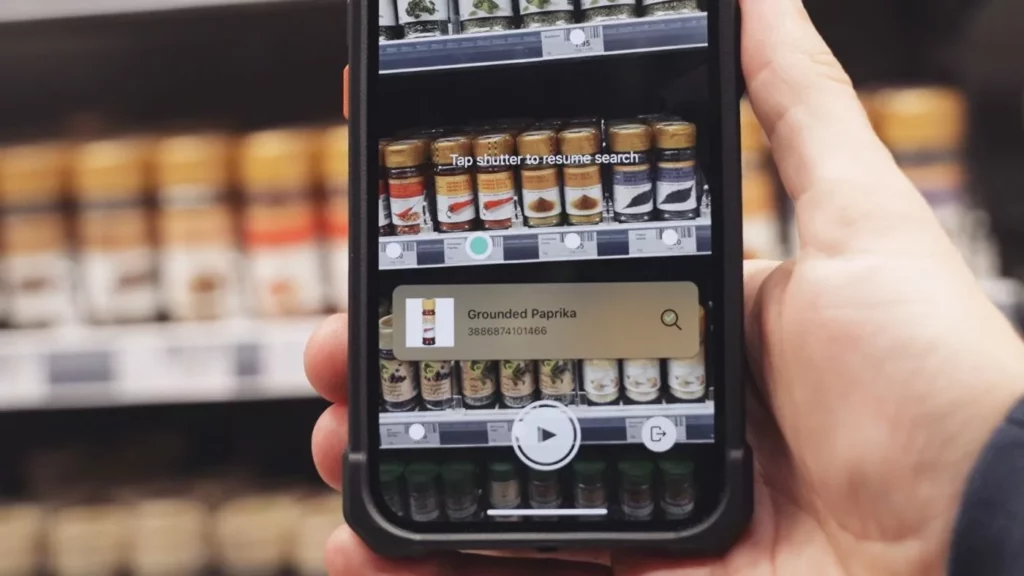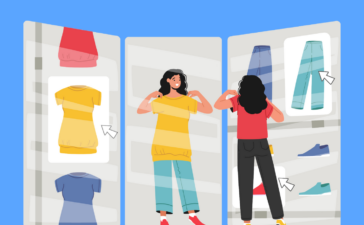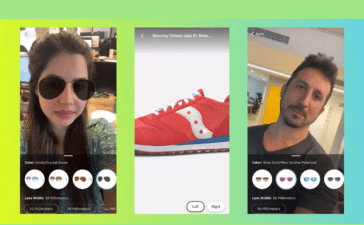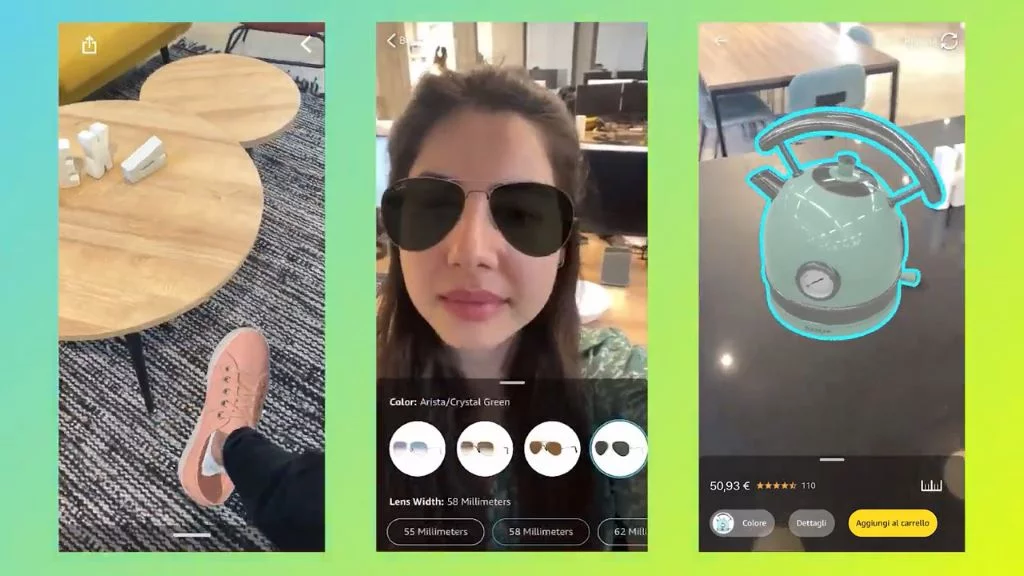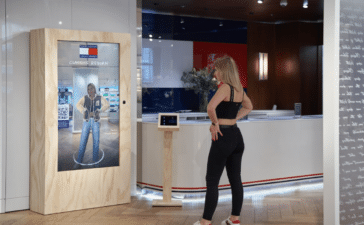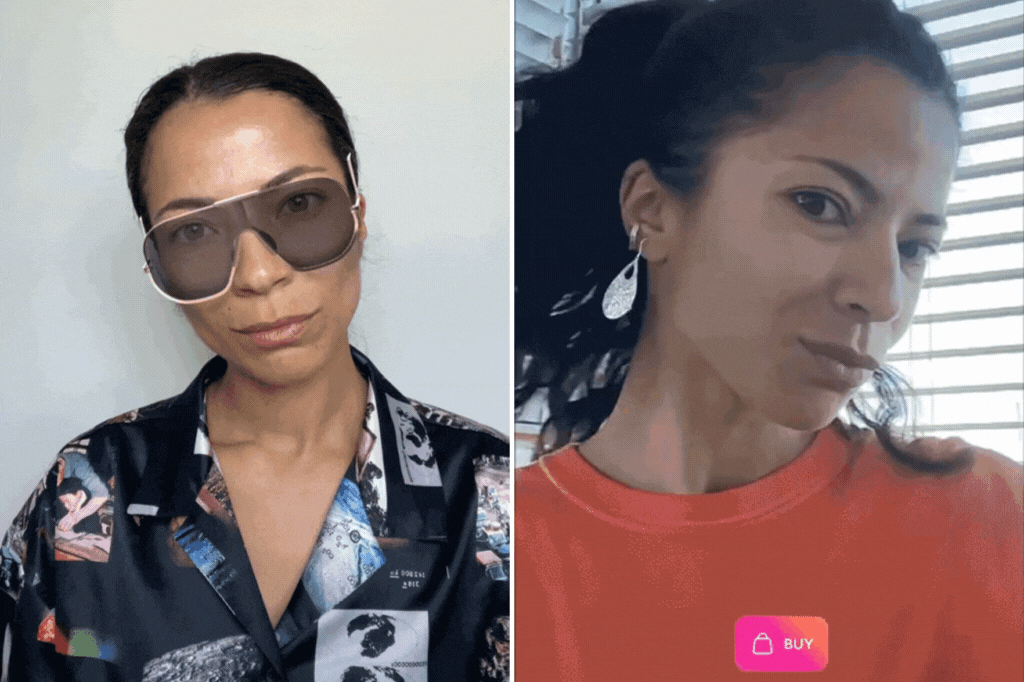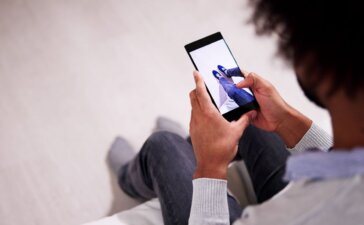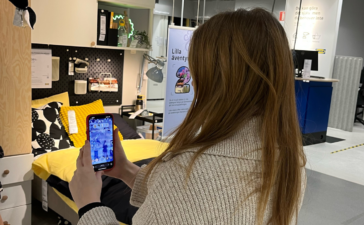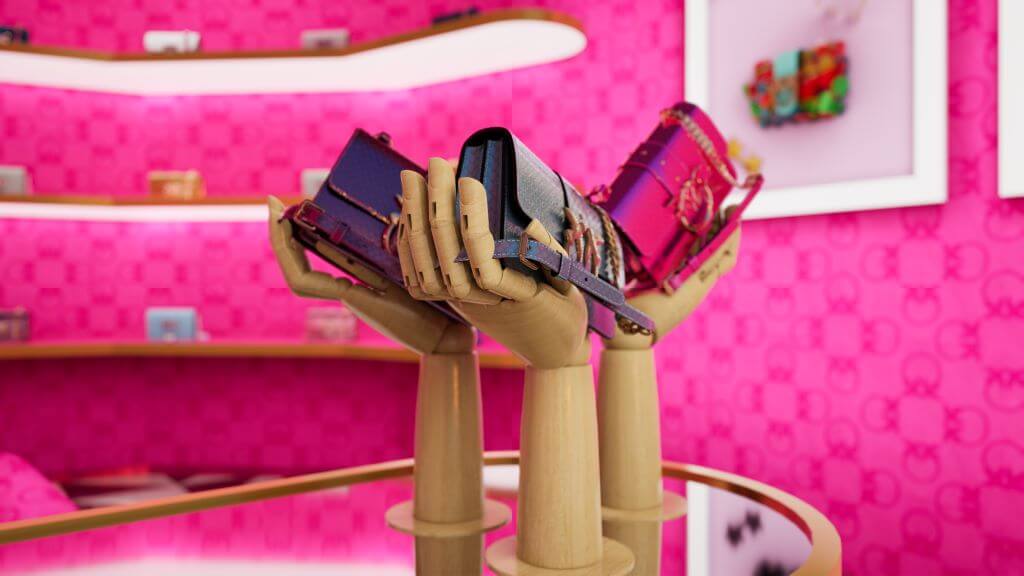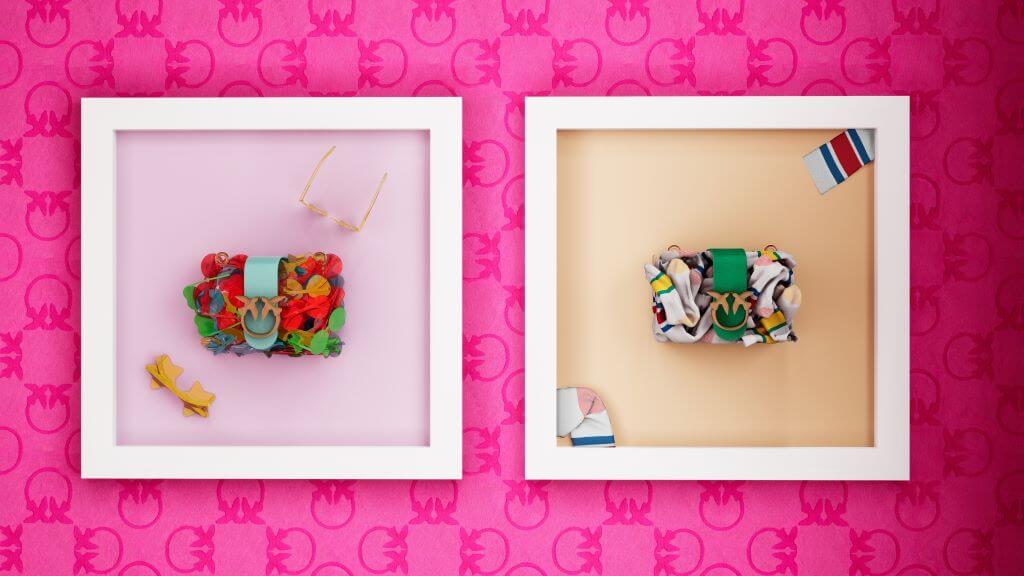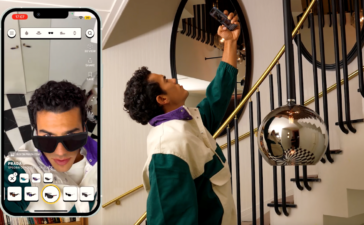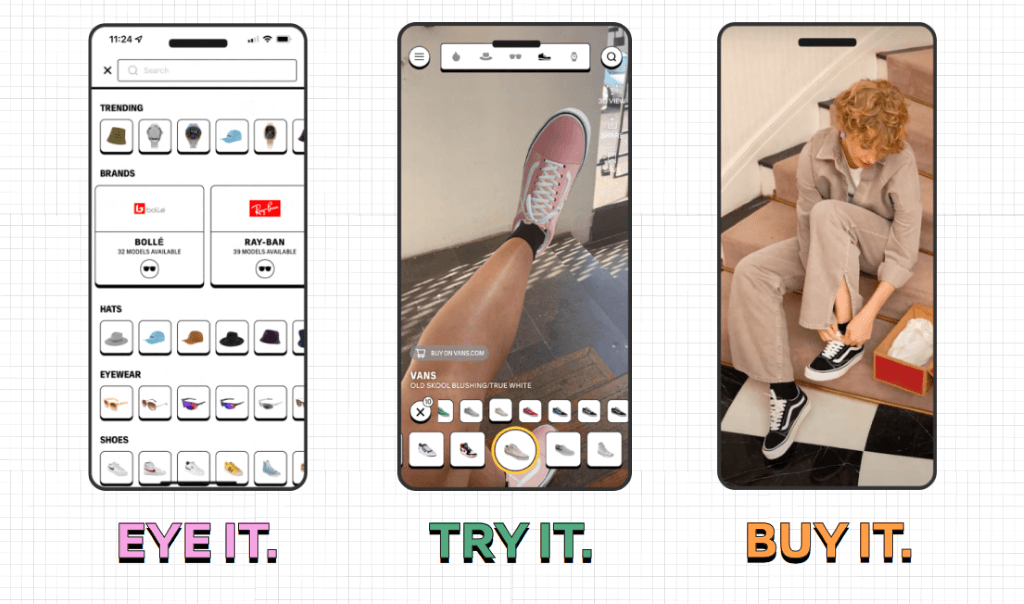Scandit Launches AR-Powered Smart Data Capture for Assisted Search
Swiss tech company Scandit recently announced its newest addition to its smart data capture product line – the MatrixScan Find. Using AR overlays, MatrixScan Find enables users to efficiently search for products or packages they need among multiple items. This new feature is the latest solution in Scandit’s MatrixScan line which also includes MatrixScan Count and MatrixScan Augmented Reality.
Available on iOS and select Android devices, the Find feature is designed to scan multiple items simultaneously and identify the target item for faster selection. Smart data capture can help improve the accuracy and efficiency of businesses, particularly those that handle multiple products and packages, such as retail, and transport and logistics (T&L).
It also has the potential to significantly increase productivity while reducing errors. It ensures that the right packages are sent to the right locations, allowing frontline workers to spend less time searching for the correct items in warehouses.
Transforming Industries With Smart Data Capture
According to Scandit co-founder and CTO Christian Floerkemeier, AR can provide both businesses and consumers with innovation that enhances the user experience. Scandit’s smart data capture technology aims to revolutionize the workflow and reduce human error.
They believe that manual processes stifle productivity and waste valuable time. Through smart data capture, businesses can be more flexible and adaptable, get actionable insights in real time, and be more cost-efficient.

“Scandit has a deep understanding of the business processes, user experience, and computer vision technology necessary to successfully implement augmented reality into enterprise applications,” said Floerkemeier in a press release shared with ARPost. “With MatrixScan Find we are introducing another out-of-the-box offering to help companies without the necessary technology expertise in-house provide exceptional offerings to support workers and delight customers.”
Smart Data Capture Leads to Improved Workflows
One of the goals of MatrixScan Find is to transform the retail and T&L industries. It aims to make them more efficient and productive by reducing avoidable human errors. Smart data capture, which uses precise data to select the correct item every time, helps minimize mistakes. Simultaneous scanning also cuts down on the time it takes to look for these items.
Frontline workers can appreciate the ease with which they can find customers’ packages, particularly in large staging areas that store identical-looking boxes. In turn, customers will experience shorter wait times and have greater confidence that they are receiving the correct package. This can lead to high customer satisfaction and customer loyalty.

In retail, the AR smart data capture feature enables employees to quickly search for products that customers request. Using MatrixScan barcode scanning technology, MatrixScan Find can differentiate the same product in a different color or style. This helps employees fulfill customer orders faster, driving work productivity. Moreover, MatrixScan Find ensures that workers do not overlook available products, making inventory management more efficient.
Retail stores, like groceries, can also provide unique and innovative product search experiences for their customers. Companies can also integrate the feature into their own apps, and customers can use their smartphones or other devices to discover more about the products through an engaging and intuitive AR interface.
Customizable Interfaces for Different Needs
Part of the Scandit Smart Data Capture platform, MatrixScan Find has a built-in UI that supports different types of workforces. Customization options, such as color overlays, pause functionality, item carousel, and notification alerts, are available. Users can also integrate this feature into Scandit’s barcode scanner product, SparkScan, for a complete scanning solution.
Smart data capture technology is set to transform the way industries operate. With the introduction of AR-powered features like MatrixScan Find, businesses can streamline their workflows and reduce human error, paving the way for greater efficiency and productivity.
As technology continues to evolve, we can expect to see even more exciting innovations emerge, transforming the workplace and customer experience as we know it.
Scandit Launches AR-Powered Smart Data Capture for Assisted Search Read More »
